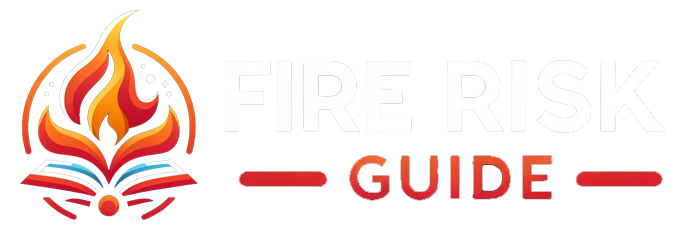Fire Safety Considerations for Using Remote Control Gas Fires
In recent years, remote control gas fires have become increasingly popular as a convenient and efficient way to heat a living space. These modern appliances offer the comfort and warmth of a traditional fire without the mess and hassle of wood burning. However, despite their convenience, remote control gas fires require careful attention to fire safety to ensure that they are used properly and responsibly.
One of the key considerations for fire safety when using remote control gas fires is the proper installation and maintenance of the appliance. It is essential to have a qualified professional install the gas fire and ensure that it is vented correctly to prevent the buildup of carbon monoxide and other dangerous gases. Additionally, regular maintenance and inspection of the gas fire by a certified technician are necessary to identify and address any potential issues that could pose a fire hazard.
Another important aspect of fire safety with remote control gas fires is the proper use of the appliance. This includes following the manufacturer’s guidelines for operation and maintenance, such as using the recommended fuel and keeping the appliance clean and free from debris. It is also crucial to never leave the gas fire unattended while it is in use and to ensure that the remote control is stored in a safe place away from children and pets.
Furthermore, fire safety considerations for remote control gas fires extend to the surrounding environment where the appliance is located. It is essential to keep flammable materials, such as furniture, curtains, and rugs, at a safe distance from the gas fire to prevent them from catching fire. Additionally, it is crucial to have working smoke alarms and carbon monoxide detectors installed in the home to provide early warning in the event of a fire or gas leak.
Moreover, fire safety with remote control gas fires also involves being prepared for emergencies. This includes having a fire extinguisher readily available and knowing how to use it, as well as having a well-practiced fire escape plan in place. In the event of a gas leak or fire, it is essential to evacuate the home immediately and contact emergency services for assistance.
In addition to taking proactive measures to prevent fires and gas leaks, it is crucial to be aware of the signs of a potential problem with a remote control gas fire. These can include a strong gas odor, soot buildup on and around the appliance, and difficulty in lighting or keeping the gas fire lit. If any of these signs are observed, it is important to cease using the appliance and contact a professional technician to inspect and address the issue.
In conclusion, while remote control gas fires offer the convenience and comfort of a traditional fire, they also require careful attention to fire safety to ensure that they are used safely and responsibly. This involves proper installation and maintenance, following the manufacturer’s guidelines for operation, keeping the surrounding environment safe, being prepared for emergencies, and being aware of potential warning signs. By taking these considerations into account, users of remote control gas fires can enjoy the warmth and ambiance they provide while minimizing the risk of fire and gas-related hazards.

Leave a Reply